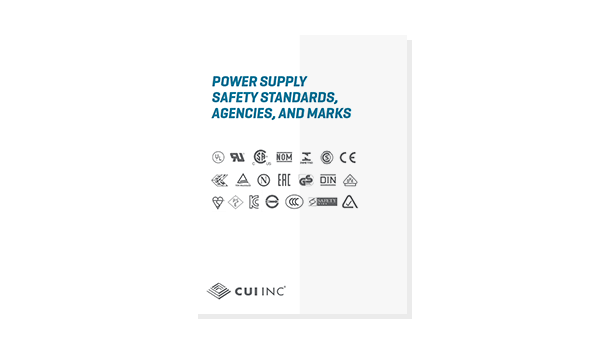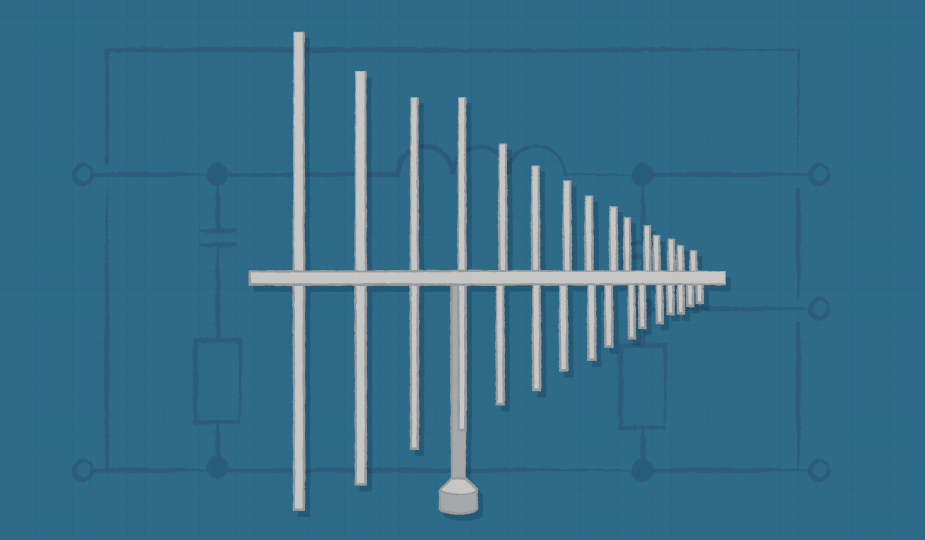The Fundamentals of Regulatory Considerations for Power Supplies
September 29, 2020 by Andrew Johnson - 7 Minute Read
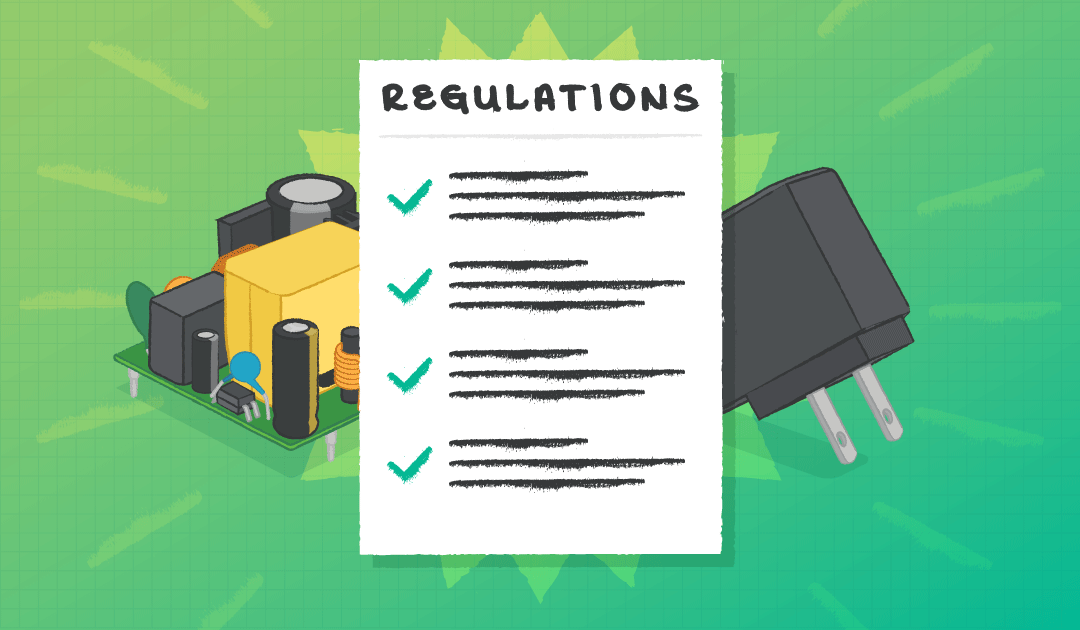
Design engineers need to consider several classes of regulatory issues when selecting power supplies for their systems. Three main categories of regulatory concerns include:
These categories of regulations can be voluntary or mandatory in the specific markets in which the end system will be sold. To meet either type of standards will require a power supply that is not only designed to meet these requirements but also carries varying levels of supporting documentation.
Safety Standards
The IEC (International Electrotechnical Commission) is an organization which creates and publishes safety standards which apply to electronic products. These standards are typically accepted, or perhaps modified and then accepted, in international markets. For example, the IEC 62368-1 is a standard addressing audio and video (AV) and information and communications technology (ICT) that is scheduled to go into effect later this year. This standard will have varying levels of adoption, modification, and enforcement around the globe; UL 62368-1 is the standard adopted in the United States and EN 62368-1 in the European Union. In addition to local variations, safety standards often have multiple editions and iterations.

For OEMs, knowing what safety standard their system will be required to meet should be the first step in choosing a power supply. The info below provides examples of some of the major safety standards relevant to power supplies.

IEC 60601-1
Medical and dental equipment

IEC 62368-1
Information communication technology and audio visual products

IEC 60335-1
Household electrical appliances

IEC 61558-1
Transformers, reactors, and power supply units
The next step is understanding what countries the end system will be sold in and making sure the power supply covers the specific regulatory deviations for that country. Government recognized testing laboratories certify compliance to the local regulations. Some of the more well known testing and certification organizations include UL and TUV. Documentation from the testing facility pertaining to a product may include a CB report and a CB certificate of compliance. A CB report is comprehensive document describing the results of the tests to a particular IEC code and can also include specific national deviations. While understanding regulatory testing and certification is often a tedious task, many power supply vendors can provide guidance and it will allow for a less expensive and faster final system approval.
For more information view our technical paper Power Supply Safety Stanards, Agencies, and Marks.
EMI/EMC Standards
EMI (Electromagnetic Interference) and EMC (Electromagnetic Compatibility) are concepts relating to how electronic products are the transmitter or receiver of unintentional electronic signals between electronic products. EMI/EMC requirements may be a bit less confusing than the previously discussed safety standards and are often regulated by local governments for each country. For the US, this is the FCC (Federal Communication Commission) and for the EU, it is covered under the Electromagnetic Compatibility (EMC) Directive 2014/30/EU. Countries outside of the US and EU have similar requirements but are typically harmonized to either the FCC or EU EMC Directive.
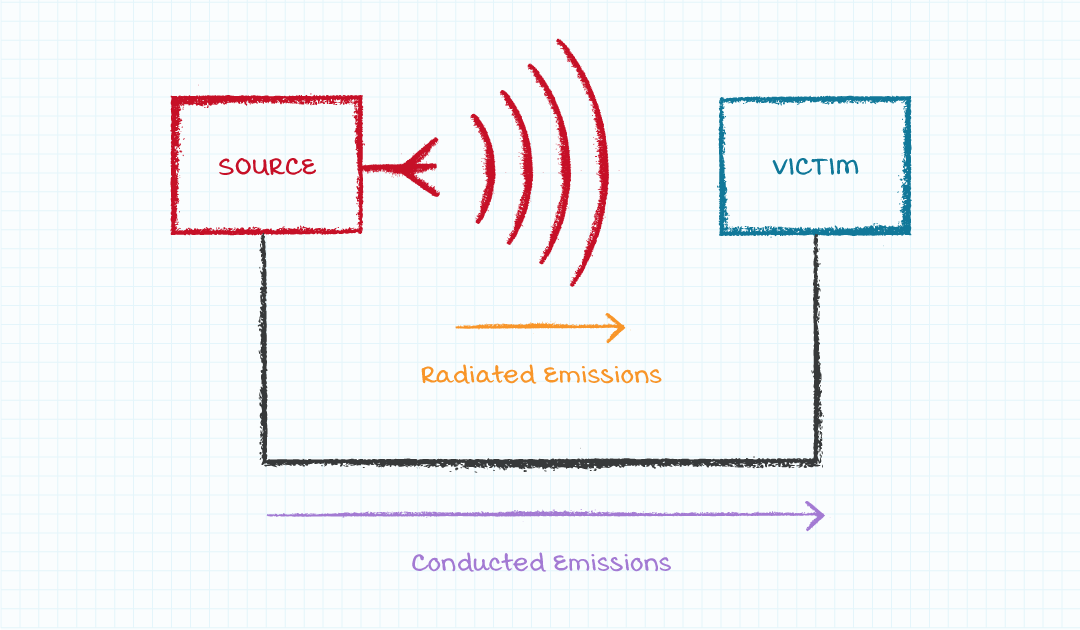
Some common EMI and EMC standards are:
- CISPR 22: Information Technology Equipment - Radio Disturbance Characteristic limits
- CISPR 24: Information technology equipment - Immunity characteristic limits
- IEC 61000 series of EMI and EMC specifications
- EN 55022: European limits of radio disturbance characteristics for IT equipment
- EN 55024: European immunity requirements for IT equipment
- FCC Part 15: US regulations for radio-frequency emissions and immunity
It is important to test the power supply with the end system to ensure the interaction between all components will pass final testing. The EMI and EMC testing is often performed at external facilities and thus schedule and budget should be planned for this activity.
For more information visit What is the Difference Between EMI and EMC in Power Supplies?
Efficiency Standards
Another consideration is efficiency, which is also important when choosing a power supply. Design and marketing teams often are concerned about the power conversion efficiency of power supplies. Efficiency concerns include the input power required to operate the product and the amount of heat required to be dissipated due to power conversion inefficiency as well as the no-load draw or amount of power the product uses when not in operation. Regulations often apply to external power supplies, also referred to as external adapters.
The California Energy Commission (CEC) implemented the first mandatory efficiency standards for external power supplies in 2004. Since then there have been various iterations in the United States, first implemented by Energy Star and later handed off to the Department of Energy (DOE), resulting in the International Efficiency Marking Protocol (IEMP). The IEMP specifies Roman numeral markings for external power supplies which signify their efficiency level. Many countries and regions have now implemented mandatory and voluntary standards for external adapters.
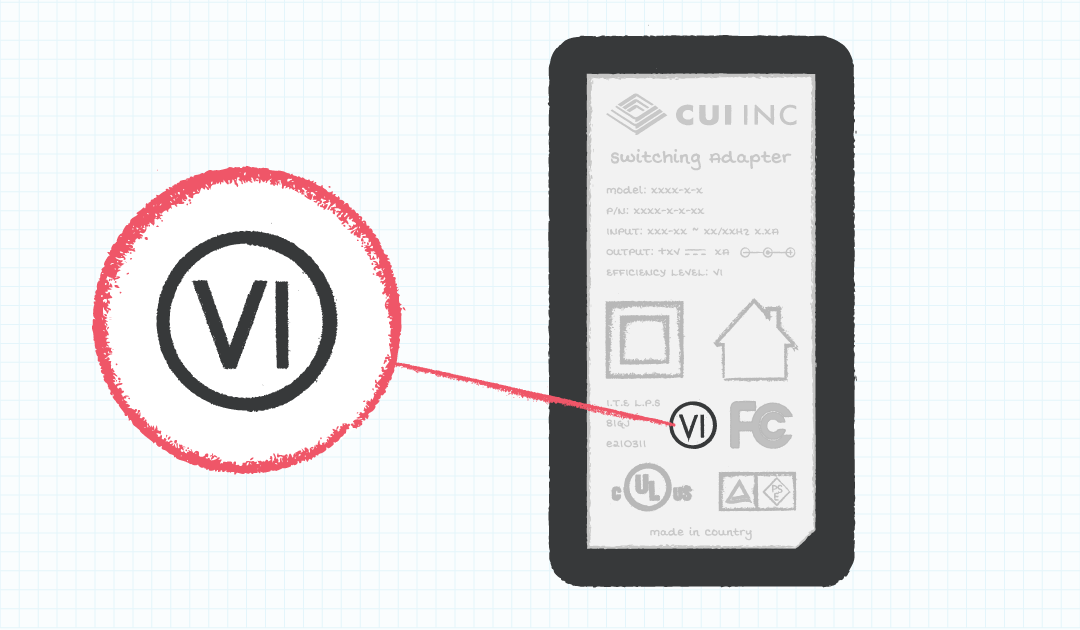
The US is presently at Level VI which is a mandatory regulation from the DOE (Department of Energy). Canada has harmonized with the US’s Level VI performance requirements. The EU recently moved to Commission Regulation (EU) 2019/1782 or Ecodesign 2019/1782 which is generally harmonized with Level VI, however it requires additional documentation and reporting. While other countries are also reviewing and upgrading their efficiency standards, the easiest way to ensure compliance is to work with a power supply manufacturer who monitors the latest regulations and requirements. The majority of CUI’s line of adapters meet DOE Level VI, Ecodesign 2019/1782, and CoC Tier 2 (the proposed next evolution of more stringent efficiency regulations).
For internal or embedded supplies power conversion efficiency is also important (but less regulated) in order to meet voluntary standards at the system level such as Energy Star.
For more info visit Efficiency Standards for External Power Supplies.
Summary
While it may be daunting to navigate regulatory issues, it’s important to note that CUI’s power supplies carry the most up to date safety standard certifications and are designed to meet global EMI/EMC and power conversion efficiency regulations for ease in design and system approval. CUI can also work with customers on country specific agency marks outside of our standard offerings.
Fundamentals , Safety & Compliance
You May Also Like
Have comments regarding this post or topics that you would like to see us cover in the future?
Send us an email at powerblog@cui.com
